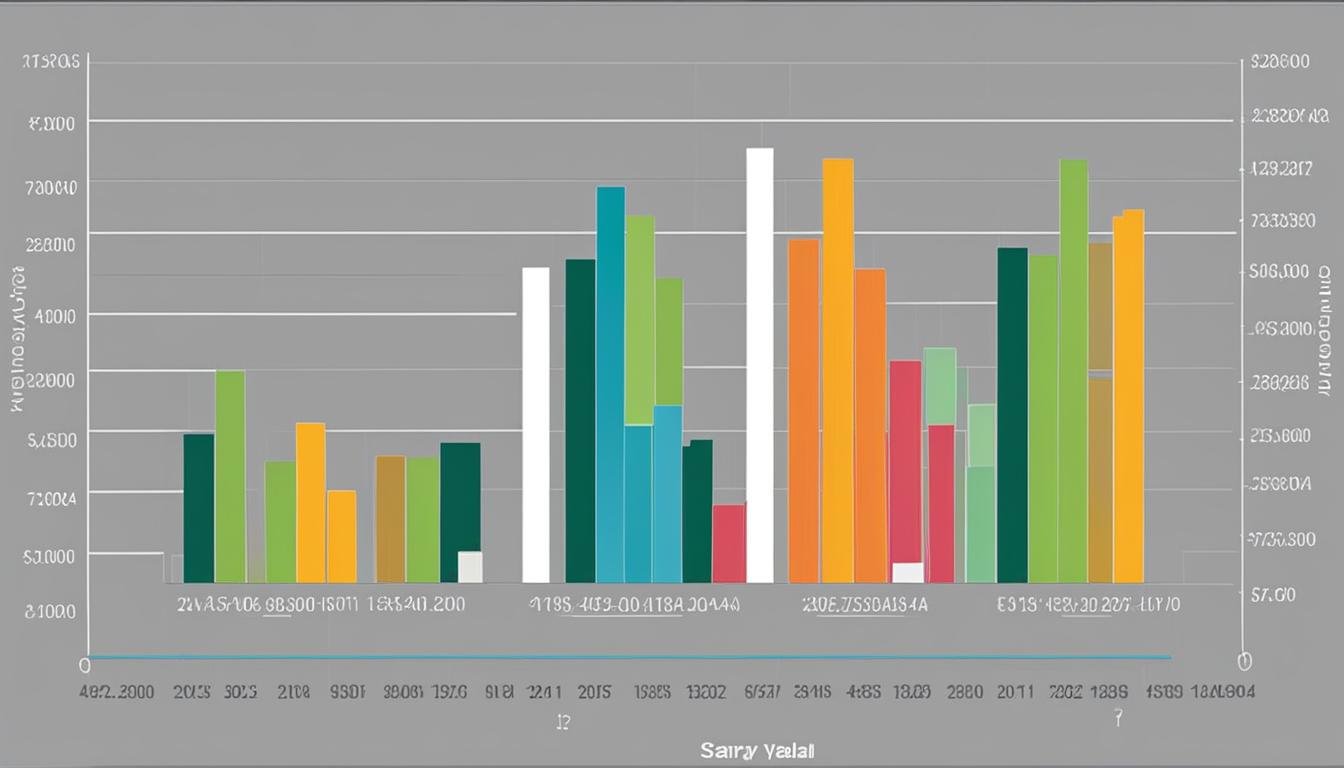Empowering SA Students: The Missing Middle Dilemma
December 28, 2023 | by SASSA Admin

In South Africa, many students categorized as the ‘missing middle’ face significant financial constraints when it comes to paying for their tertiary education. These students earn more than the National Student Financial Aid Scheme (NSFAS) threshold but still struggle to afford higher education due to their parents’ financial limitations.
The current situation has led to a soaring student debt crisis, with a significant number of students burdened with enormous debts. Various student organizations and advocates are calling for change, including raising the household income threshold for NSFAS bursaries and implementing a more comprehensive funding model based on taxing the working class. Additionally, there is a need to focus on postgraduate funding to empower future leaders and contribute to economic growth.
By addressing the funding challenges faced by the ‘missing middle’ students, South Africa can create a brighter future for both students and the country as a whole.
Key Takeaways:
- Educational empowerment is hindered by the financial constraints faced by ‘missing middle’ students in South Africa.
- Raising the NSFAS bursary household income threshold and implementing a more comprehensive funding model are essential for bridging the funding gap.
- Postgraduate funding is crucial for empowering future leaders and contributing to economic growth.
The ‘Missing Middle’ Conundrum
The ‘missing middle’ students in South Africa face a unique challenge when it comes to pursuing higher education. These students belong to the working class and fall in the income bracket that exceeds the eligibility criteria of the National Student Financial Aid Scheme (NSFAS). Despite their seeming financial capability, they encounter significant barriers due to their parents’ financial limitations. This conundrum puts them in a precarious position, making it difficult for them to afford their tuition fees and meet the expenses associated with tertiary education.
Many ‘missing middle’ students find themselves burdened with excessive student debt as a result of their financial constraints. While they may not meet the requirements for financial aid, their parents’ limitations restrict their ability to fully fund their education. This situation demonstrates the pressing need for increased financial support and targeted funding options that cater specifically to the ‘missing middle’ students.
“The challenges faced by ‘missing middle’ students in South Africa highlight the urgent need for comprehensive financial aid programs that account for the working class’s unique circumstances and parents’ financial limitations.” – Education Advocate
Financial Constraints and Student Debt
The ‘missing middle’ conundrum is characterized by the financial constraints faced by students who do not qualify for NSFAS but are unable to bear the full cost of their education. These students often rely on loans and other means of financing, leaving them with substantial debts upon graduation. The weight of these debts hinders their ability to pursue career opportunities and contribute to the economy effectively.
Without suitable financial assistance and support, these students face limited prospects for future success and upward mobility. To address this issue, it is vital to develop programs that bridge the funding gap for ‘missing middle’ students and alleviate the financial burden they bear.
Supporting ‘Missing Middle’ Students
To empower ‘missing middle’ students and create equal educational opportunities, it is crucial to implement targeted strategies and initiatives. This can include:
- Expanding scholarship programs specifically for ‘missing middle’ students
- Establishing bursaries and grants that consider both the students’ and parents’ financial limitations
- Collaborating with private organizations to fund scholarships and mentorship programs
- Promoting financial literacy among students and equipping them with the necessary skills to manage their finances effectively
By providing comprehensive support and funding options, South Africa can empower ‘missing middle’ students to overcome financial barriers and pursue their educational aspirations without enduring excessive debt.
Calls for Change
Various organizations and advocates have been calling for change to address the ‘missing middle’ dilemma. The South African Students Congress (SASCO) has urged an increase in the NSFAS bursary household income threshold from R350,000 to R600,000 to make a substantial difference for ‘missing middle’ students. The African National Congress (ANC) has been urged to deliberate on a revised student funding model that addresses the challenges faced by students. SASCO advocates for a more comprehensive funding model based on taxing the working class to ensure that working-class children are not burdened with debilitating debt. In addition to undergraduate funding, there is also a need to focus on postgraduate funding to empower future leaders and contribute to economic growth. These calls for change aim to provide better financial aid options and support for South African students, bridging the funding gap and promoting educational empowerment.
FAQ
What are the ‘missing middle’ students?
The ‘missing middle’ students in South Africa refer to those in the working class who earn more than the National Student Financial Aid Scheme (NSFAS) threshold but still struggle to afford tertiary education due to their parents’ financial constraints.
Why do ‘missing middle’ students face financial constraints?
‘Missing middle’ students earn more than the NSFAS threshold on paper, but their parents’ financial limitations put them in a precarious position. Many of them are unable to afford their tuition fees and end up burdened with enormous student debt.
What is being done to address the ‘missing middle’ dilemma?
Various organizations and advocates, such as the South African Students Congress (SASCO) and the African National Congress (ANC), are calling for change. They are urging an increase in the NSFAS bursary household income threshold and a revised student funding model that focuses on taxing the working class. Postgraduate funding is also being emphasized to empower future leaders and contribute to economic growth.
How can addressing the funding challenges for ‘missing middle’ students empower South African students?
By addressing the funding challenges faced by ‘missing middle’ students, South Africa can create a brighter future for both students and the country as a whole. Increased financial support and funding options can bridge the funding gap, promote educational empowerment, and provide better opportunities for South African students.
Source Links
RELATED POSTS
View all


